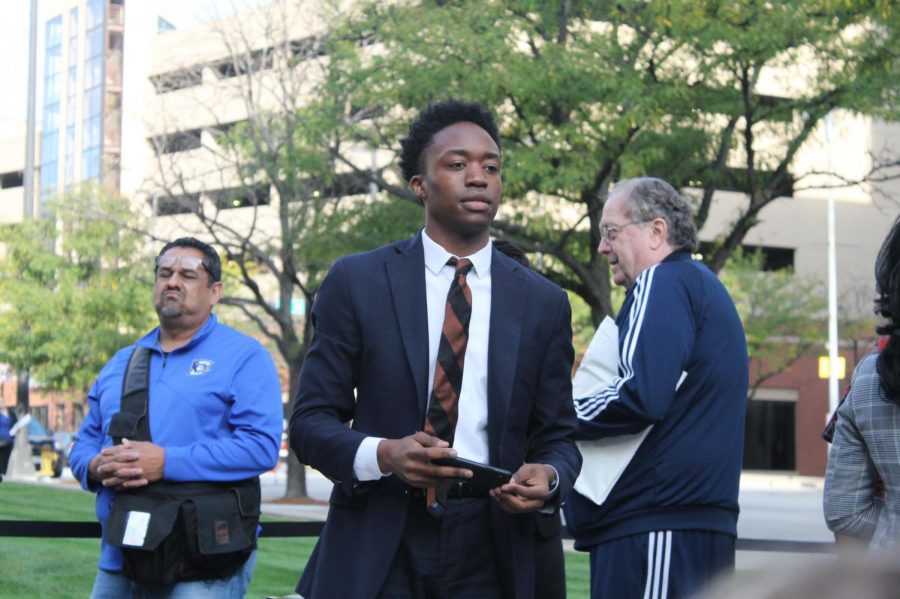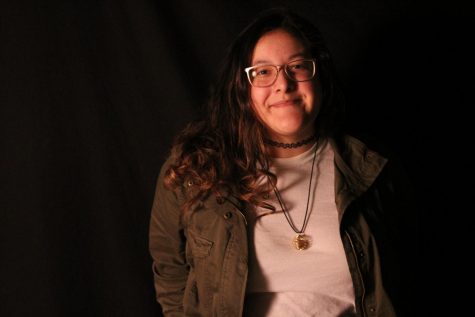A History That Should Not Be Forgotten
People Should Still Care
November 10, 2019
One hundred years ago on Sep. 28, 1919, Mr. Will Brown was lynched, dragged through the streets, and killed in cold blood after being falsely accused of raping a 19-year-old woman, Agnes Loebeck who identified Brown as her rapist. After his death, it was revealed that Brown could have never committed the crime as he suffered from acute rheumatism.
He was the second African-American man to be lynched and murdered in Omaha, the first being African-American laborer George Smith in 1891. Brown’s death marked the beginning of the “Red Summer.” The Red Summer marked a period of time where “anti-black riots” occurred throughout 25 U.S cities, one of those being Omaha, Nebraska. Where 36 African-Americans died in Chicago and approximately 1000 African-American families became victims. Through losing houses due to burnings from riots, family members being killed and others being tortured. The Red Summer started in the early summer of 1919 and ended near mid-fall.
Hate crimes still happen today a century later. With an estimated number of 204,600 hate crimes happening annually, hatred is something still plaguing the world 100 years later. Sixty percent of these hate crimes are based on race and ethnicity and this does not account for those that might have gone unreported. According to the Bureau of Justice Statistics, only around half of the hate crimes happening are actually reported.
People across the world fight against racism through campaigns like Black Lives Matter as well as the Equal Justice Initiative. The Equal Justice Initiative (EJI) was founded in 1989 by Bryan Stevenson. On their site the EJI team state that they are committed to ending mass incarceration and excessive punishment in the United States, to challenging racial and economic injustice and to protecting basic human rights for the most vulnerable people in American society.
On Sep. 28, I attended a ceremony at the Douglas County Courthouse in remembrance of Mr. Brown as well as a soil collection ceremony. (A ceremony in which soil from where the crime took place is collected and put into jars. It will be protected as well as preserved in an exhibit at EJI’s Legacy Museum and National Memorial for Peace and Justice located in Montgomery, Alabama.) The EJI assisted the city with this event and the Omaha-World Herald noted that at least 400 people were in attendance. When I was in the crowd I saw people of all ages, families of all kinds and all sorts of news broadcasters shed tears for a man they never knew. While I did not know him personally, and never would have been able to, I was still shocked by his story and the stories that fill our news cycles still.
Mr. Emmet Till (14) was accused of offending a white woman in her family’s grocery store in 1955. Due to this, he was hunted by Mr. Roy Bryant who kidnapped him and with another friend, killed him. Later in 2008, Bryant admitted that a lot of what he said testifying against Till was not true, but nothing could change what he had already done. Memorials sprouted in Till’s memory still fall victim to hate and racism. The memorial was shot proudly by three students attending the University of Mississippi. The first sign erected at Graball Landing just outside of Glendora, Mississippi in his memory was found torn down and thrown in the river in 2008. The second sign replacing the first was filled with more than 100 bullet holes over a few years after being placed. Later, a third sign went on to replace the previous two but was later shot by the three students who stood in front of it with their rifles on Instagram. On Oct. 20, 2019, the memorial sign was replaced with a new bulletproof sign made out of half an inch of AR500 steel. A memorial should not have to be made bulletproof. It should be able to stand in the light of the day and tell the story of the person. The idea that someone can be so proud of hate riddles me, but it just goes to show how widely accepted hate is. These individuals are sure to face backlash, as they were suspended after their chapter’s leadership was made aware of the photo. But if anything, they are facing more resistance with the almost 500-pound bulletproof memorial being put in its place.
Omaha is known across the nation in history for the Red Summer, as a speaker at the memorial stated, a smudge in Omaha’s history. This is a story I had to dig to learn about, I was never taught about Brown and the awful things the old residents of Omaha did to him. But students should be learning about his story, he marked the beginning of riots and many lynchings across the U.S, yet nothing is taught about him in schools. That is why students and everyone else should remember him, should learn about him. Because while there was a ceremony 100 years too late, I still had to learn on my own time about him.






